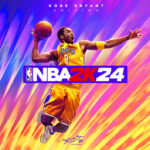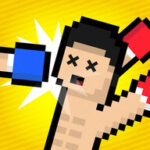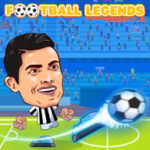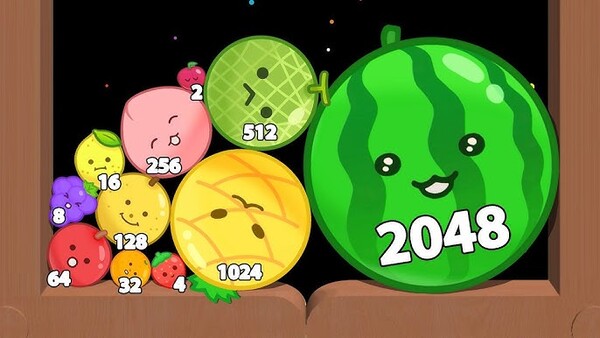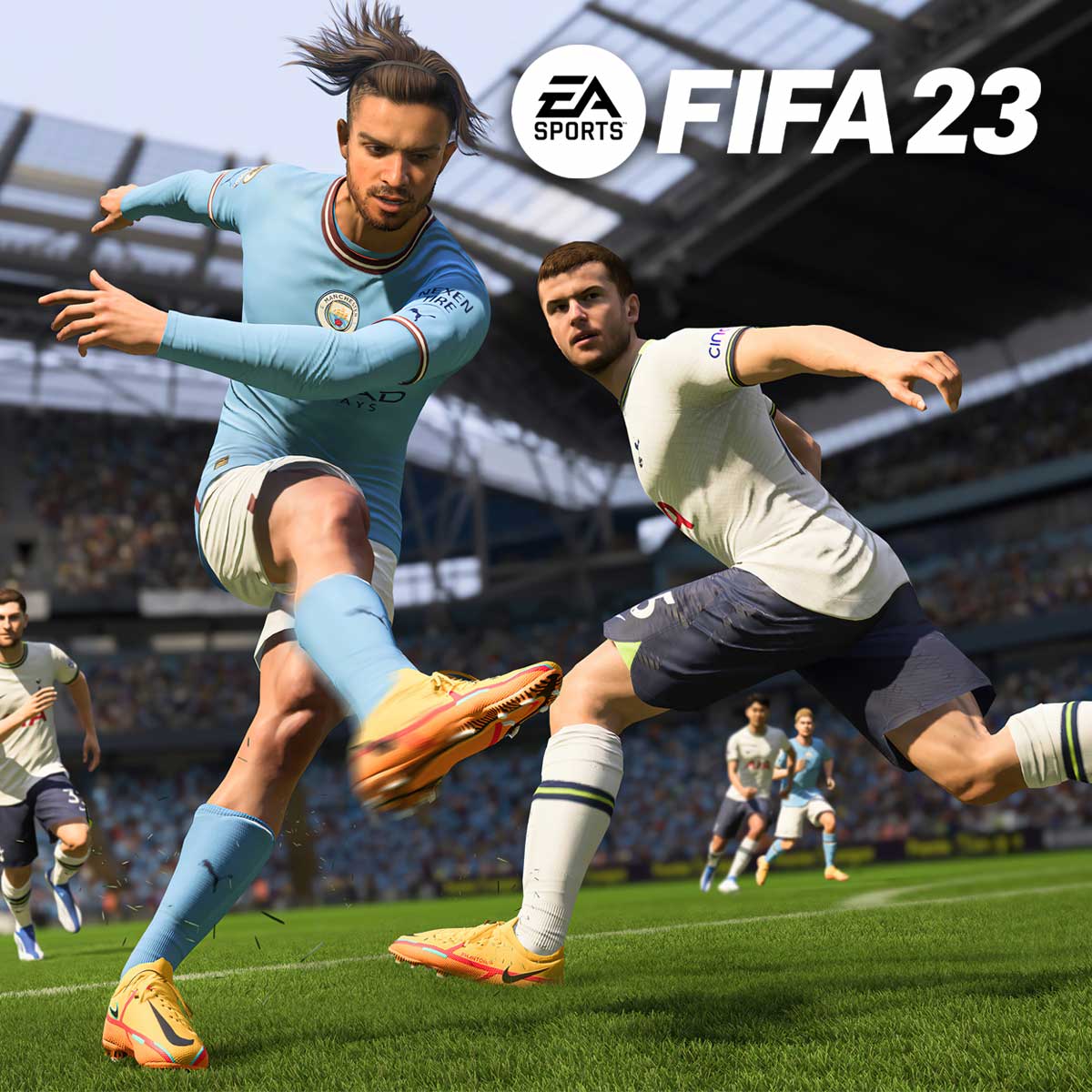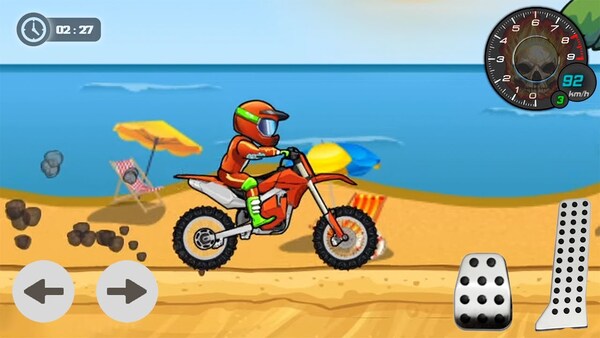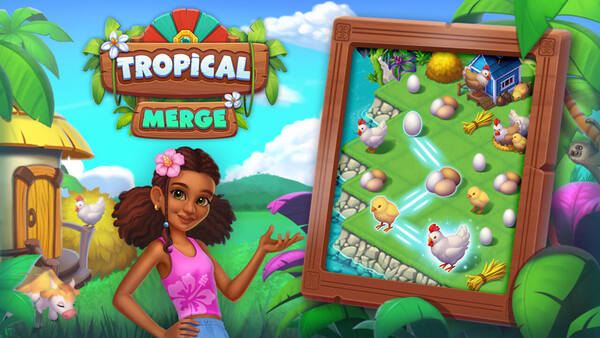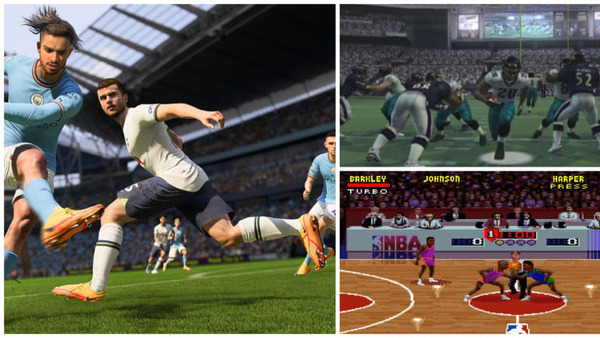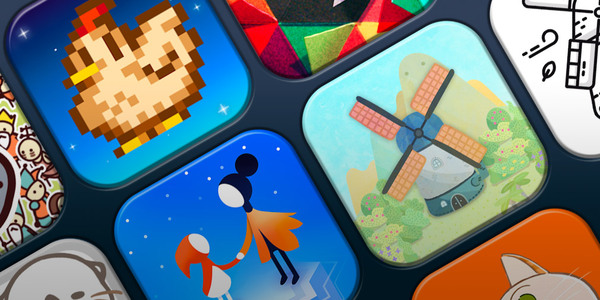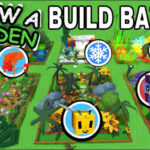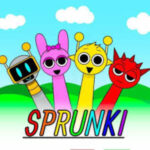Introduction: What Is Geometry Dash?
Geometry Dash is a wildly popular rhythm-based platformer developed by RobTop Games, first released in 2013. Despite its simple mechanics—jump, fly, and flip through dangerous passages—it quickly became a fan-favorite due to its fast-paced gameplay, energetic music, and user-generated content.
Designed for mobile and PC, Geometry Dash challenges players to complete levels in a single life, syncing their movements with catchy background music. Over the years, the game has evolved beyond a mere jumping game into a thriving creative platform for millions. Whether you're a hardcore gamer or a casual rhythm enthusiast, Geometry Dash offers an engaging experience.
1. The Origins of Geometry DashThe Beginning of a Rhythm Revolution
Geometry Dash was born from a simple idea: create a side-scrolling game that syncs movement with music. Swedish developer Robert Topala (RobTop) initially planned a basic project but expanded it into a full release after positive feedback.
Development Timeline
-
2013 – Version 1.0 launched with 7 levels.
-
2014–2016 – Major updates introduced new game modes, icons, and a level editor.
-
2023+ – Version 2.2 (highly anticipated) promises massive improvements including platformer mode and camera controls.
The game's unique selling point is how it marries beat-based gameplay with creative challenges.
2. Gameplay Mechanics and Core Controls
Simple Yet Brutally Challenging
Geometry Dash requires players to tap or click in sync with music. Timing is everything. One mistimed jump leads to instant death—forcing a full level restart.
Game Modes:
-
Cube
-
Ship
-
Ball
-
UFO
-
Wave
-
Robot
-
Spider
Each mode offers unique movement mechanics and introduces fresh difficulty layers.
Controls Overview
-
PC: [Space], [Up Arrow], or mouse click.
-
Mobile: Tap the screen.
The elegance of the control system lies in its simplicity. But don't be fooled—mastery demands razor-sharp reflexes.
3. Main Levels and Their Difficulty Progression
From Easy to Demon: How Levels Escalate
The official version contains 21 main levels, starting with Stereo Madness (Easy) and culminating with Deadlocked (Demon). Each level increases in complexity, requiring mastery over various mechanics.
Level Progression Sample
| Level Name | Difficulty | New Mechanic Introduced |
|---|---|---|
| Stereo Madness | Easy | Cube Mode |
| Dry Out | Normal | Gravity Flip |
| Clutterfunk | Harder | Split-screen layout |
| Electroman Adventures | Harder | Wave Mode |
| Deadlocked | Demon | Portals, tricks |
Each level is tied to a musical track that enhances immersion and rhythm-based coordination.
4. The Music Behind the Madness
A Rhythmic Backbone
The game’s success wouldn't be complete without its iconic soundtrack. Featuring artists like DJVI, Waterflame, F-777, and Dex Arson, each level has a custom track synced to every movement and obstacle.
Fan-Favorite Tracks:
-
"Back on Track" – DJVI
-
"Clubstep" – DJ-Nate
-
"Electrodynamix" – DJ-Nate
-
"FingerDash" – MDK
The music is more than background noise—it guides the player’s timing, creating a perfect union between sound and action.
5. User-Generated Content and the Level Editor
Creativity Unleashed
One of Geometry Dash’s greatest strengths is its Level Editor. Players can design their own levels, complete with custom decorations, enemy placements, and synced music.
What Can You Do With the Editor?
-
Add custom music from Newgrounds.
-
Insert portals and mode switches.
-
Create unique effects with triggers.
Community Stats:
-
Over 100 million user-made levels.
-
Thousands of creators with custom rating systems.
This makes Geometry Dash virtually infinite in replayability.
6. Geometry Dash Spin-offs and Updates
Beyond the Main Game
RobTop has released several spin-off titles, expanding the Geometry Dash universe:
-
Geometry Dash Lite – A free version with limited levels.
-
Geometry Dash Meltdown – Introduced new levels and music.
-
Geometry Dash World – Added daily quests and limited-time events.
-
Geometry Dash SubZero – A teaser for future content with advanced mechanics.
These games helped keep fans engaged while awaiting the elusive 2.2 update.
7. The Community and Online Culture
One of the Most Passionate Fanbases
Geometry Dash's community is vibrant, filled with:
-
Level creators
-
Streamers
-
Speedrunners
-
Artists and musicians
Key Community Platforms:
-
YouTube (level showcases and walkthroughs)
-
Discord (collaborative level building)
-
Reddit & GD Forums
Popular creators like Viprin, FunnyGame, and Knobbelboy have reached celebrity status in the GD world.
8. Geometry Dash 2.2 and the Future
A Glimpse Into What's Next
The long-awaited 2.2 update has been teased since 2017. It promises revolutionary changes:
What to Expect:
-
Camera movement and zoom features
-
Platformer Mode (non-linear levels)
-
New game mode and dash orb
-
Multiplayer test functionality
-
Overhauled UI and community features
While RobTop has been slow to release, the updates look to push Geometry Dash into a new generation of gameplay and creativity.
9. Tips, Strategies, and How to Get Better
From Noob to Pro
Top Tips for Beginners:
-
Practice Mode: Use it to memorize level patterns.
-
Don’t Rush: Timing > speed.
-
Play with Music: Follow the rhythm to perfect your jumps.
-
Watch Pro Runs: Learn from YouTube experts.
-
Start with Easy Demons: Gradually scale your difficulty.
Recommended Practice Levels:
-
“The Lightning Road”
-
“Xstep v2”
-
“Nine Circles” (Intermediate)
Success in Geometry Dash is all about perseverance and rhythm mastery.
Conclusion: Is Geometry Dash Worth Playing in 2025?
Absolutely. Whether you're revisiting Geometry Dash or diving in for the first time, the game remains one of the most compelling rhythm platformers ever created. With a powerful combination of tight gameplay, creative freedom, and an unmatched soundtrack, it continues to evolve thanks to a passionate community and developer support.
While it's not for everyone—especially those easily frustrated by repetition—it offers immense satisfaction for those who enjoy skill-based challenges and creative expression.
Final Rating: 9.2/10
✔ Pros: Addictive, Creative, Deeply Rewarding
✘ Cons: Steep Learning Curve, Sporadic Updates








